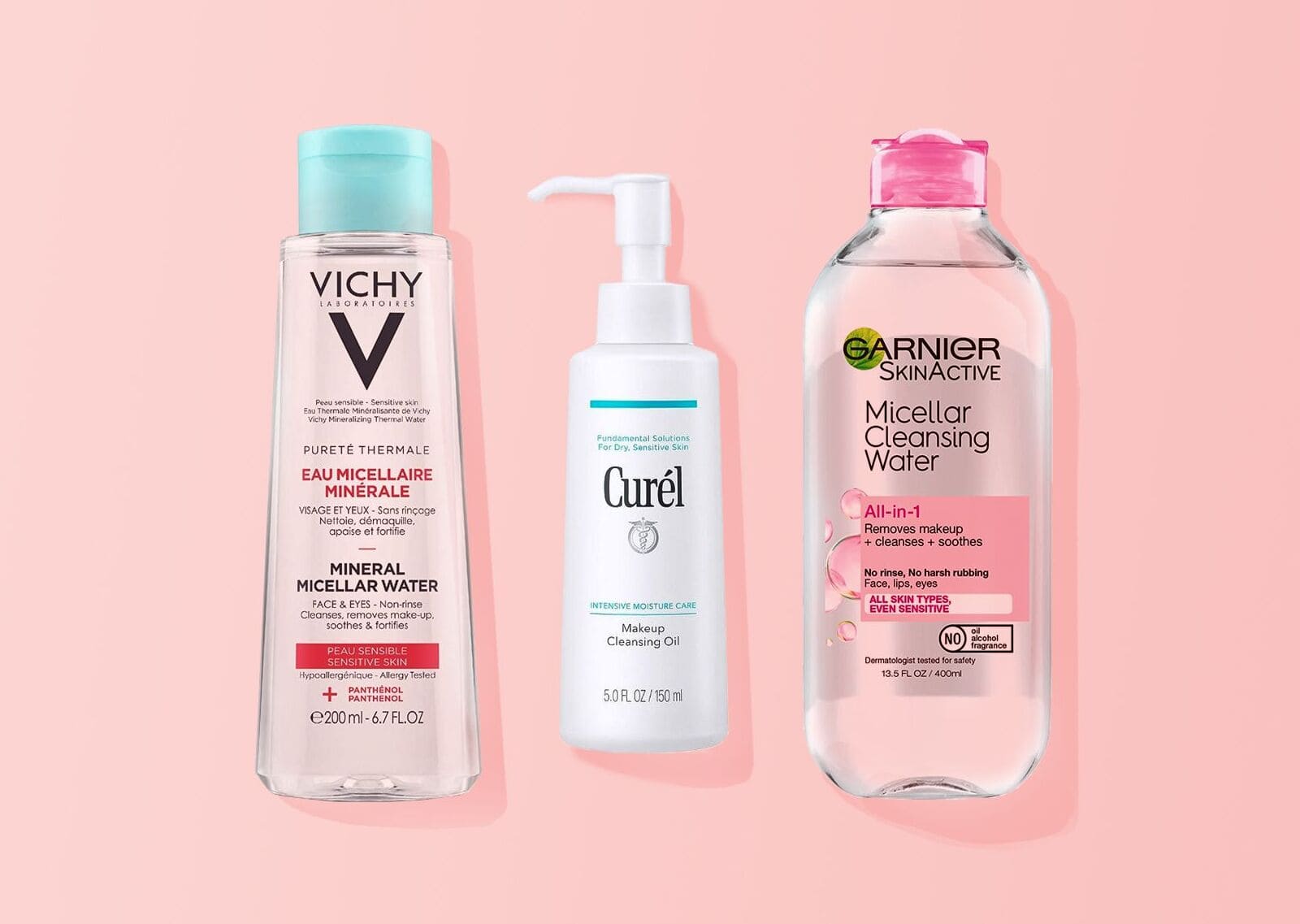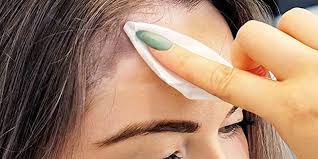Uncategorized
Quick and Easy Ways to Remove Hair Dye from Your Skin
Hair dyeing can be a fun way to express yourself, but sometimes, accidents happen. Whether it’s a smudge on your forehead, neck, or hands, hair dye stains on skin are common and often tricky to remove. Fortunately, there are simple and effective methods to help you get rid of those unwanted marks quickly. In this guide, we’ll walk you through a few tried-and-true solutions to help you clean up without damaging your skin.
1. Use a Makeup Remover

One of the easiest and gentlest ways to remove hair dye from your skin is by using a makeup remover. Many makeup removers are designed to break down stubborn pigments, which makes them an excellent option for removing hair dye stains. Here’s how you can do it:
- Soak a cotton pad or ball with makeup remover.
- Gently rub it over the stained area, applying light pressure.
- Repeat if necessary, and then wash the area with warm water and soap.
Makeup removers containing oils, like micellar water or oil-based removers, work particularly well, as they help dissolve the dye effectively without being too harsh on your skin.
2. Apply Petroleum Jelly
Petroleum jelly (like Vaseline) is another helpful remedy to get rid of hair dye on your skin. It works by creating a barrier that helps lift the dye without irritating the skin. Here’s how to use it:
- Apply a generous amount of petroleum jelly to the stained area.
- Gently rub it in using your fingers.
- After a few minutes, use a cloth or cotton pad to wipe off the excess jelly, along with the hair dye.
This method is ideal for sensitive skin, as it moisturizes while it cleans.
3. Try Dish Soap and Baking Soda
If you’re dealing with a stubborn stain, a combination of dish soap and baking soda can do the trick. This solution works well because dish soap is designed to break down oils and stains, while baking soda acts as a gentle abrasive that helps lift the dye. Here’s the process:
- Mix equal parts dish soap and baking soda to create a paste.
- Apply the paste to the stained skin and let it sit for a few minutes.
- Gently scrub the area with a soft cloth or your fingers in a circular motion.
- Rinse thoroughly with warm water.
This method can be more effective for larger stains, but be cautious if you have sensitive skin, as baking soda can be slightly abrasive.
4. Use Rubbing Alcohol
Rubbing alcohol (isopropyl alcohol) is another effective option for removing hair dye stains. It works by dissolving the dye and can be used on most skin types. Here’s how to apply it:
- Dampen a cotton ball or pad with rubbing alcohol.
- Gently rub it over the stained area, taking care not to press too hard.
- Once the stain begins to lift, rinse your skin with warm water and soap.
Rubbing alcohol can be drying, so make sure to apply a moisturizer afterward to keep your skin hydrated.
5. Try a Commercial Dye Remover
If home remedies aren’t working or you’re looking for something specifically designed for this task, consider using a commercial hair dye remover. These products are formulated to safely remove dye from both skin and hair without causing irritation. You can find these products at most beauty supply stores or online. Always follow the instructions on the label for the best results.
6. Prevent Future Stains with Petroleum Jelly or Oil
Prevention is always better than cure, and there are steps you can take before dyeing your hair to avoid staining your skin in the first place. Applying a thin layer of petroleum jelly or baby oil along your hairline, on your ears, and on the nape of your neck can help protect your skin from dye. This simple step can save you a lot of trouble later.
7. Consult a Dermatologist if Necessary
While most hair dye stains can be removed at home using one of these methods, some people may experience irritation or an allergic reaction to the dye or the cleaning products. If you find that your skin becomes red, itchy, or inflamed after using any of these methods, it’s a good idea to consult a dermatologist. They can recommend a safer, gentler way to handle the stain or help with any adverse reactions.
Final Thoughts
Hair dye stains on skin are common, but with the right methods, you can quickly and easily remove them without causing damage or irritation. Whether you’re using makeup remover, petroleum jelly, or a more specialized product, these simple techniques can help restore your skin to its original state. Remember, prevention is key—take steps to protect your skin before dyeing your hair to minimize future stains. Always listen to your skin, and if you have any concerns, seek advice from a dermatologist.
By following these tips, you can enjoy your vibrant new hair color without worrying about the aftermath.

